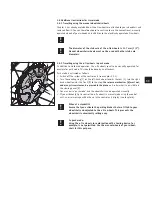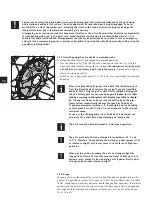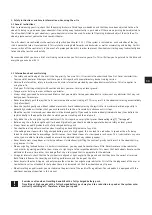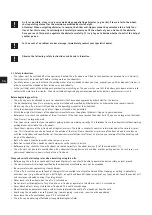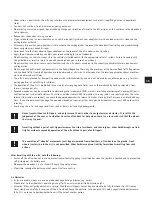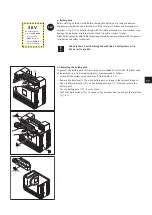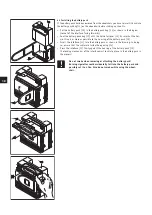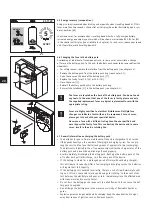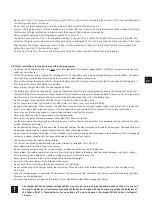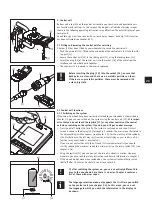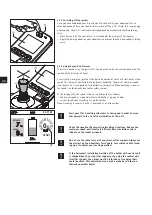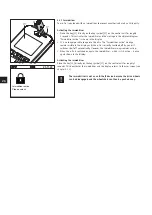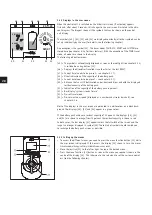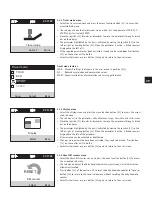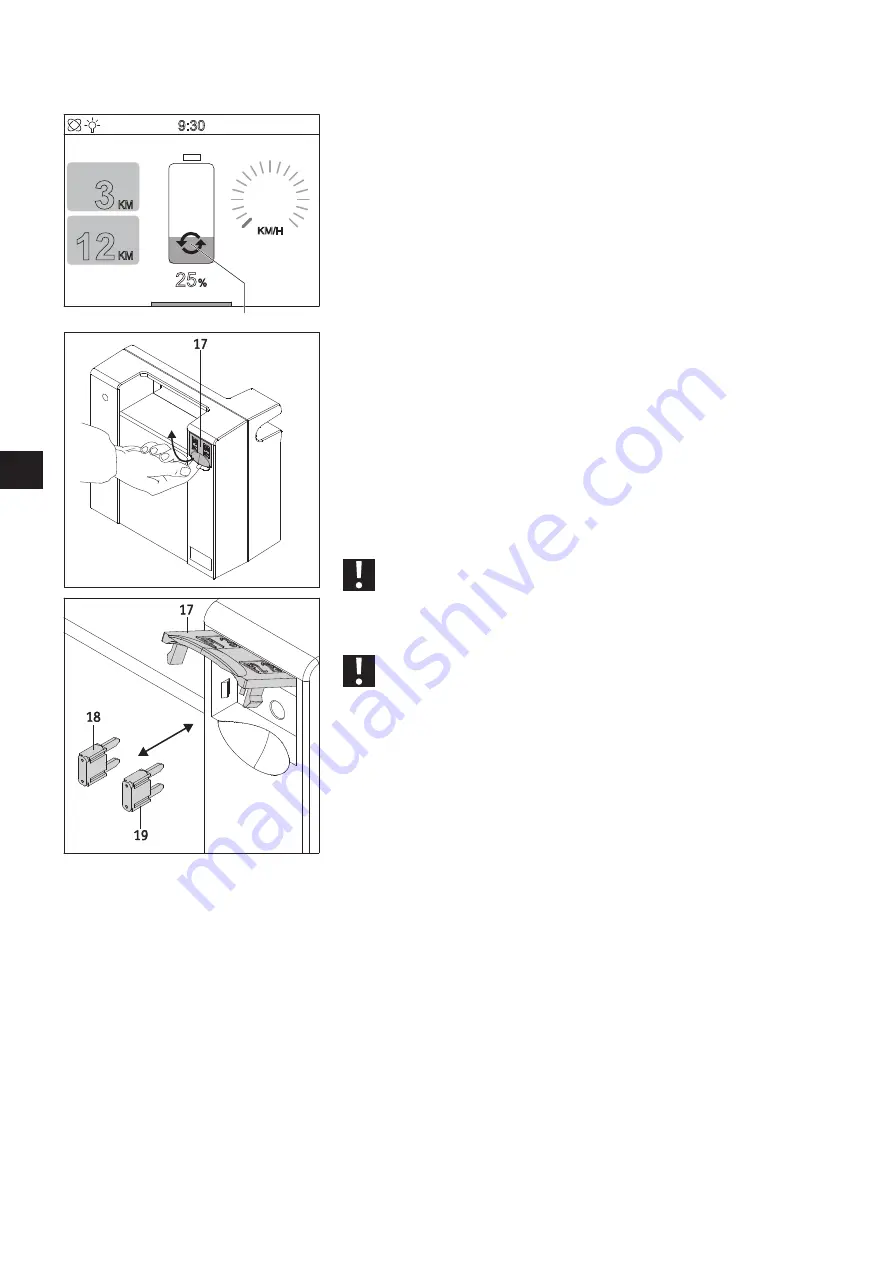
20
4.5 Energy recovery (recuperation)
Energy is always recovered when braking and especially when travelling downhill. If this
takes more than two seconds, the control unit display shows the illustrated graphic sym-
bol at position [65].
In extreme cases, for example when travelling downhill with a fully charged battery,
increased energy recovery may occur which will be shown as error code B10, B11 or B12
in the control unit display (see also table in chapter 6). In such cases, reduce your speed
and, if possible, avoid travelling downhill.
4.6 Changing the fuse in the battery pack
Overloading of individual e-fix components can, in some cases, necessitate a change
of fuses on the battery pack. To this end, the battery pack needs to be removed from the
wheelchair.
•
For safety reasons, remove the interface from the battery pack (see chapter 4.1).
•
Remove the battery pack from the battery pack bag (see chapter 4.1).
•
Open the cover on the back of the battery pack [17].
•
Replace the faulty fuse (3 A [18] or 25 A [19]).
•
Close the cover [17].
•
Reinsert the battery pack back in the battery pack bag.
•
Re-insert the interface [11] in the battery pack (see chapter 4.2).
The fuses are located on the back of the battery pack. You do not need
any tools. In the event that one of the fuses is faulty, please use only
the supplied replacement fuses or original replacement fuses with the
appropriate rating.
Fuses are highly sensitive to electrical disturbances. Multiple fuse
changes can indicate a fault with an e-fix component. In such cases,
please get in touch with your specialist dealer.
Never use a fuse with a different rating than the one specified and
never bypass the faulty fuse. This can destroy the device and, in some
cases, result in the e-fix catching fire.
4.7 General information on charging the battery pack
•
The batteries for your e-fix are maintenance-free and rechargeable. Their service
life depends heavily on the number of charging/discharging cycles. You can pro-
long the service life of your batteries by means of appropriate care (recharging).
The electronics installed in the e-fix permanently monitor the charge status of the
battery pack and prevent deep discharge if used properly.
•
Avoid completely discharging the battery pack. Recharge the battery pack of the
e-fix after each partial discharge, i.e. after every use of the device.
•
If the battery is stored for a prolonged period of time (without being charged),
this will reduce its capacity. After a few charging/discharging cycles, the batteries
will regain their full capacity.
•
If the battery pack is handled incorrectly, there is a risk of liquid electrolyte spill-
ing out. This can cause skin injuries and damage to clothing. In the event of con-
tact between the electrolyte and eyes or skin, immediately rinse the affected area
with clean water and consult a doctor.
•
Do not burn the battery pack or expose it to naked flames. This can cause the bat-
tery pack to explode.
•
Do not charge the battery pack in the presence or vicinity of flammable liquids or
gases.
•
Explosive gases can be generated while charging. Keep the wheelchair and charger
away from sources of ignition, such as flames and sparks.
KM/H
5
3
KM
12
KM
9:30
25
%
65
23.11.20
DISTANCE
RANGE
SPORT
Содержание e-fix eco
Страница 1: ...Gebrauchsanweisung e fix eco DE Instructions for Use e fix eco EN...
Страница 3: ......
Страница 4: ......
Страница 52: ...47...






